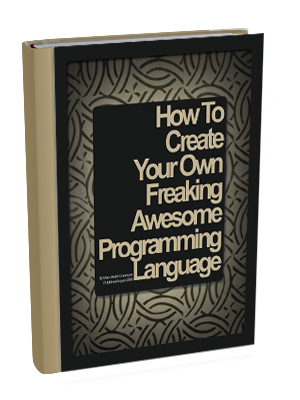I’ve written plenty about how creators can monetize their social media — from general to platform-specific advice.
But a few months ago, I decided it was time to stop just talking about it and actually put my theories to the test — starting with LinkedIn.
Honestly, I had no clue if sponsored content would even work on LinkedIn — or if brands would care. So, I decided to find out publicly, and my community immediately responded with helpful feedback.
However, I wouldn’t take any meaningful action until January of 2025, with what I called my #LinkedIncome Journey. I shared my goal to make $20,000 in 2025 from LinkedIn brand partnerships, and within two weeks, I got my first official LinkedIn brand partnership. It was a huge win, but more importantly, it showed me exactly what works (and what doesn't).
I learned firsthand from trial and error, insightful conversations with established LinkedIn creators, and in-depth discussions with brand experts and influencer marketing agency pros.
Now, I'm sharing everything I wish someone had told me at the beginning.
In this article, you'll get a transparent, behind-the-scenes look at:
- Exactly how I landed my first LinkedIn brand partnership (even with zero prior sponsored content experience).
- Step-by-step guidance informed by seasoned creators who've successfully monetized LinkedIn.
- Practical insights from the brands and agencies actively looking for creators on LinkedIn right now.
Ready to turn your LinkedIn into a meaningful revenue stream? Let's dive in.
How I landed my first LinkedIn brand partnership
Let me start by saying this: LinkedIn was literally the first platform I ever monetized.
Until this experiment, I’d never made money from sponsored posts or brand partnerships — not on Instagram, TikTok, or anywhere else. So when I decided to try monetizing my LinkedIn content, I didn’t have anything: no media kit, no portfolio of past deals, and definitely no idea what to charge.
But what I did have was existing content and a newfound love of video. I’d already been talking openly about products and tools I genuinely loved without being paid for it. So when I got my first partnership, it felt inevitable. Here’s how it happened:
I shared an organic shoutout about Spiral, a tool I genuinely enjoyed. When they reached out for feedback, I proactively proposed a sponsored post — and secured my first deal.
Instead of simply replying with the feedback and calling it a day, I decided to take a risk. I sent them my honest insights, then added a simple but direct question at the end: "Would you be interested in partnering with me for a sponsored LinkedIn post?" Hitting send on that email felt nerve-wracking, but the response was quick and positive.
We transparently discussed deliverables, timelines, and compensation. It helped me clarify our audience overlap and why the brand would benefit from partnering with me. We quickly landed on a deal that worked for both sides.
Just like that, my first LinkedIn brand partnership was locked in — and it all started with one authentic, unpaid post and a simple email follow-up.
So what’s the lesson here?
You don’t need experience to start — genuine, organic content about products you already use is powerful. Since I got my first partnership, I’ve created a media kit, gotten paid, and secured two more.
Now that you've seen exactly how I landed my first brand deal, let’s break down the process into clear, practical steps that anyone (including you!) can replicate.
7 steps to landing your own LinkedIn brand partnership
Whether you've never monetized your content before (like me!) or you're just new to LinkedIn partnerships specifically, these steps will set you up for success.
Step 1: Clarify your niche so brands can find you and vice versa
It all starts here.
There are two sides to this: Audiences scroll past creators who aren't crystal clear about who they're speaking to — so will brands.
Even without a large follower count, the clearer your positioning, the more likely brands are to quickly identify you as a good match — and vice versa.
“More brands are opening up to the idea of working with smaller creators (10-20k followers) to reach a much more targeted audience,” shared Tara Knight, Head of Operations at Creator Match.
This approach aligns with what I’ve heard from creators who’ve successfully monetized their LinkedIn. Jayde I. Powell, Social Strategist & Content Creator, told me she’s highly selective about brand partnerships precisely because her niche is clear:
“Relevance to my audience is one of the key factors in my decision-making when deciding whether I will partner with a brand or not. I have turned down many offers because I’m protective of the community I’ve built.”
When I started, I didn’t try to speak to everyone. Instead, I focused clearly on creating content about content creation, personal branding, and remote work in video format — an approach that naturally aligned with my career and personal experiences. This clarity makes it easy for me to develop post ideas and recommend tools and products.
Here are some practical actions you can take today:
- Clearly state your niche in your LinkedIn headline and bio. Instead of vague titles and keywords, say something like “Content Strategist helping creators monetize LinkedIn” or “Personal Branding Advisor for remote professionals.” Here’s mine:
- Regularly create content focused on specific topics within your niche (at least once a week).
- Pay attention to audience feedback — double down on content that resonates.
I worried about narrowing things down too much at first, but clarity is exactly what brands (and audiences) love.
Step 2: Optimize your LinkedIn profile so brands can reach out
As a LinkedIn creator, your LinkedIn profile is no longer a resume — it’s your pitch to potential brand partners.
As Sarah Adam, Head of Partnerships & Influencer Marketing at Wix, shared, "When looking for influencers on LinkedIn, the influencer’s title and profession are really important, as they must align with the target audience and brief. Other metrics like average impressions per post, engagement rates, and post frequency are also very important."
Don't stretch your numbers — brands have tools (like Creator Match's Chrome extension) to quickly verify your stats anyway.
However, that only goes so far — LinkedIn search is not yet marketing-friendly, as AJ Eckstein, founder of Creator Match, highlighted, saying, “LinkedIn just isn’t built for creator marketing. Unlike Instagram or TikTok, there’s no marketplace, no standardized pricing, no real tools to help brands connect with the right creators… Because of this, brands are guessing which creators to work with.”
This means your LinkedIn profile needs to do extra work — it has to clearly showcase your niche, your credibility, and exactly how brands can reach you.
Recommended Story For You :
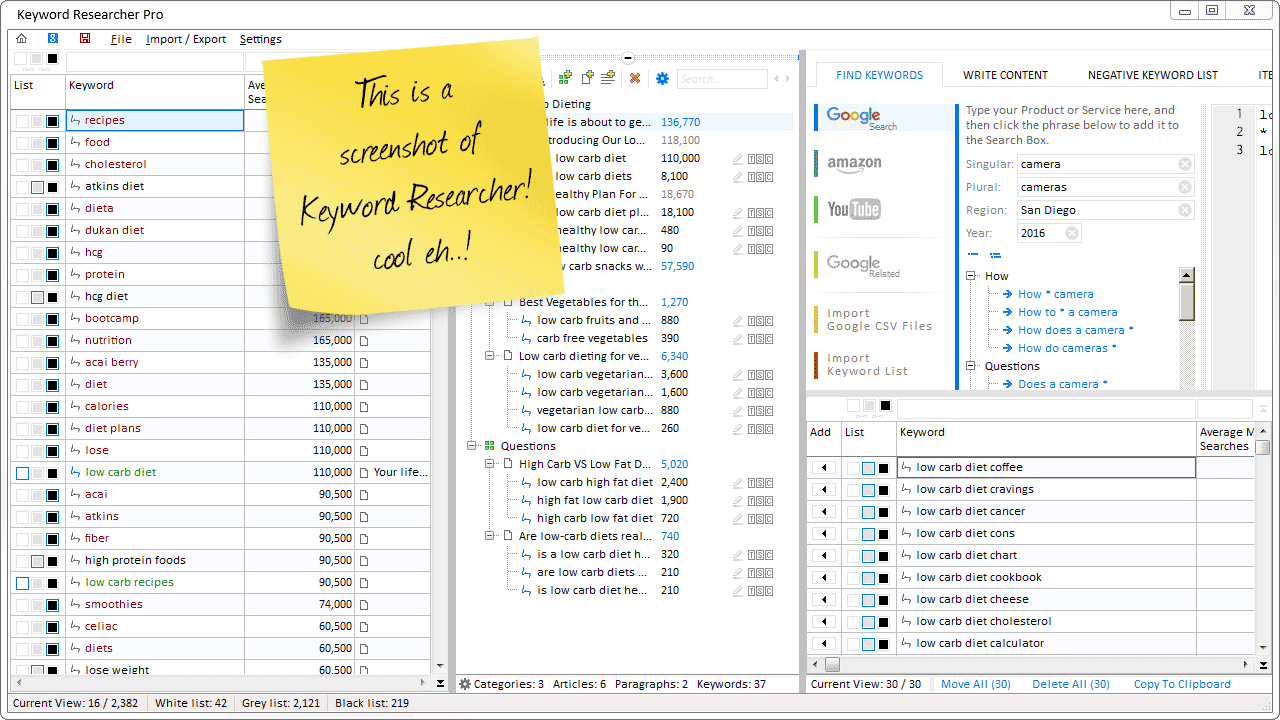
Organize Keywords and Import CSV Files from the Google Keyword Planner
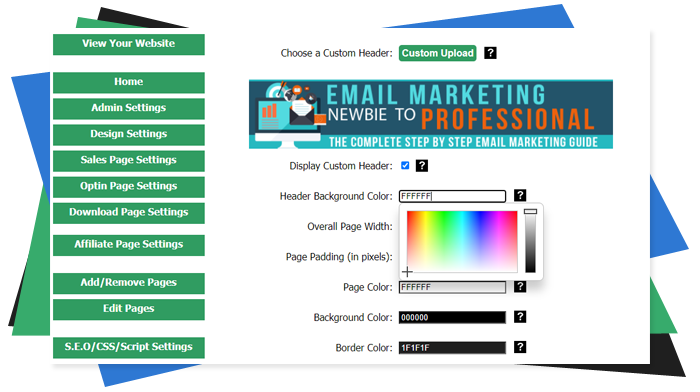
The Most Affordable And Easiest User Friendly Page Builder You Will Ever Use!

Instant WordPress Theme That Matches Your Website
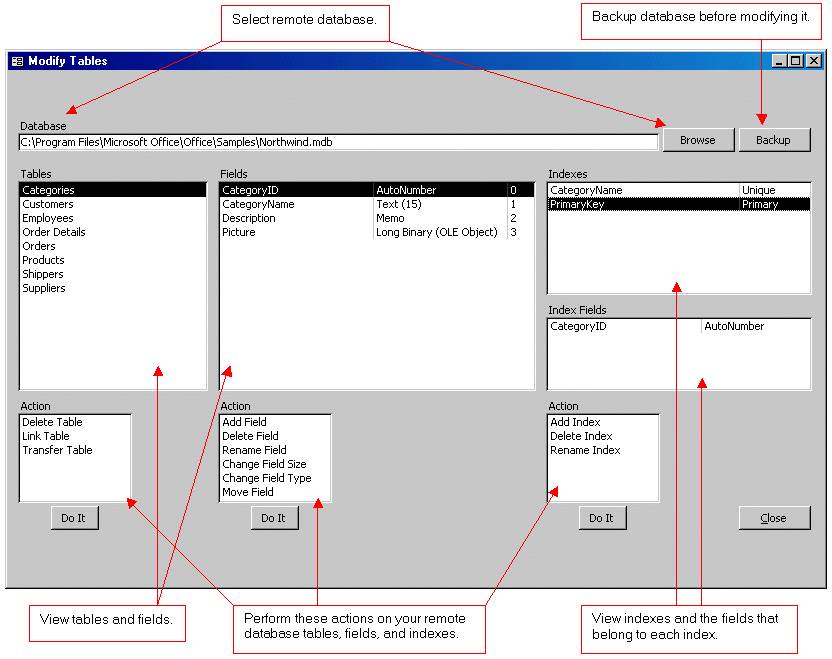
Wizard to Manage Remote Backend MS Access Database Tables Fields and Indexes
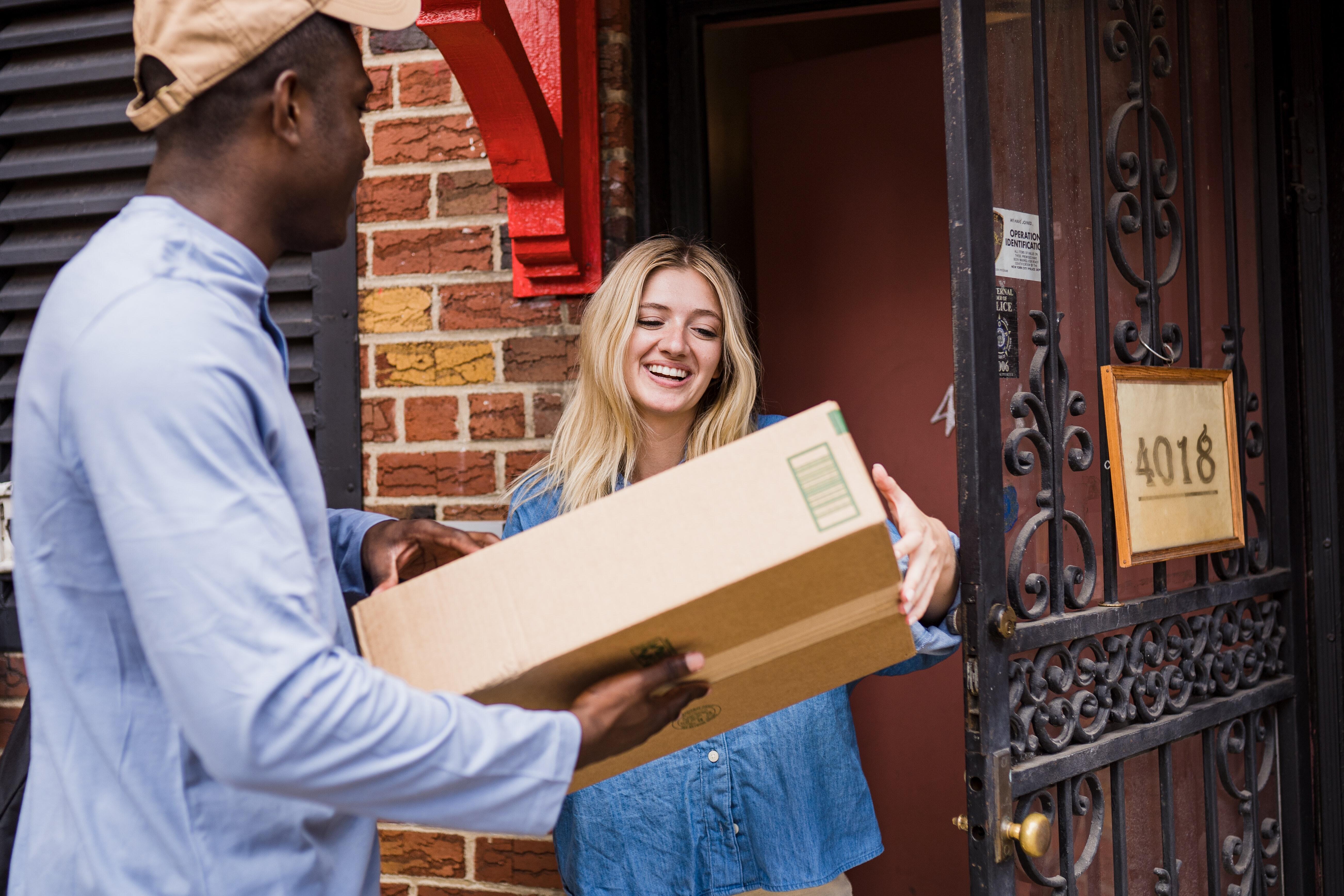
If you had an aisle-by-aisle grocery list wouldn't you spend less money on impulse items?
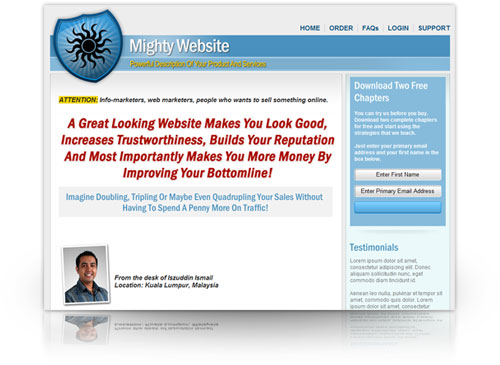
everything you need to create a professional corporate look mini-site is there.
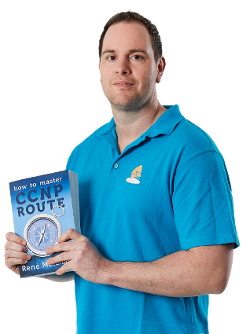
Unlock Your Networking Potential with GNS3Vault
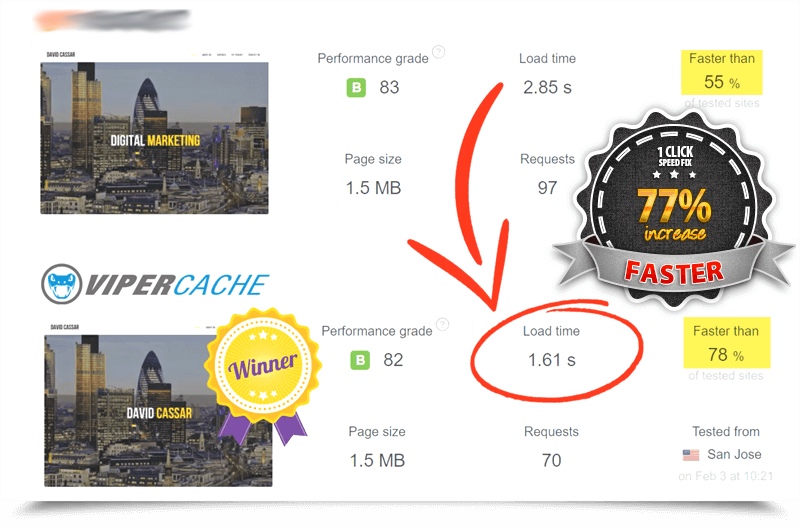
Viper Cache Was 77% Faster Than The Competetion

Understanding Stock Market Shorting eBook
